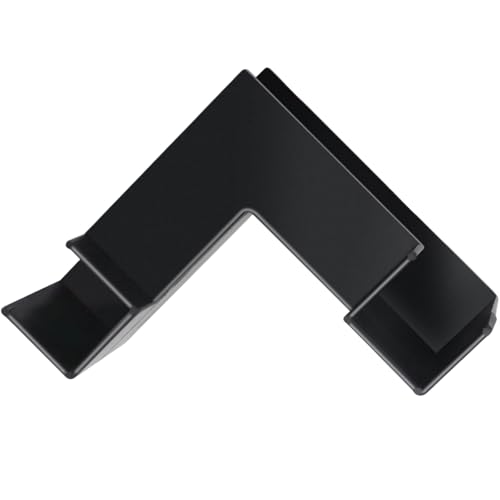Well, it is a World Cup year....and again lets see how far U.S.A. will go.......anyway, it is time for another installment...
This portion is somewhat in left field, but at the same time important. I am talking about keeping 'regular good' water conditions. I've already mentioned that as a very ambiguous choice of description/words. I say this to clarify that pH levels, nitrate levels, nitrite levels, ammonia levels, and other organic levels be kept accordingly at reef-safe levels. You do have some cushioning because after all, clownfishes are fishes, and not corals. However, as most of you will want to have your clowns in reef tanks, it is ideal to strive for 'close to natural saltwater levels' and be consistent about it.
I have already mentioned that a specific gravity meter is a must have for any reef hobbyist. The other pieces are your test kits. Please test your water time to time for pH, calcium, alkalinity, nitrates, etc. pH level is certainly a priority. Keeping steady level anywhere from 8.1-8.4 and not letting it very greater than 0.2 within a day is a goal to strive for. You may ask yourself, why does calcium and alkalinity levels matter here? After all, they are fishes, and not corals. I am no fish biologist, so while I do not know the affects of high calcium levels (i.e. past 500 ppm..) on clownfishes' physiological and immunological systems, it is appropriate to say that it is not the 'norm'. Troubles with the above levels also cause problems for corals, which can lead to coral deaths...which can cause chain reactions resulting in the deaths of fish.
Now lets go on to the miscellaneous. We all try to provide our corals and fishes suitable homes (hopefully...) in their plastic or glass boxes. Clownfishes should be happy because they for one, are horrible swimmers. Clownfishes are notorious for taking residences near powerheads, closed loop intakes, etc. While during the day they may be well alert and go along with their business, at night, they may wander into powerhead intakes that are not screened off, or being sucked into strong closed-loop intakes. It is sad to see clownfishes being sucked up and found the next morning in an intake to water pumps/powerheads. If you do not have it on your checklist, make it a priority to check all intakes, so that at least a plastic screen is over any powerhead intake. A swimming fish is better than a dead one.
Clownfishes are jumpers (as some of you may already know). If your tank is around a busy area with a lot of foot-traffic, place some sort of tank cover above your glass tank, or the portholes of your acrylic tank. Again, this is common sense

A fish in water is better than a fish who has taken the 'leap of faith'....Moreover, i have experienced this so as well. I have lost several baby clowns because they were chased out by other baby clownfishes in a small tank. I carelessly did not think about adding a screen or mesh of some sort until it was too late.
Until next time....



















































